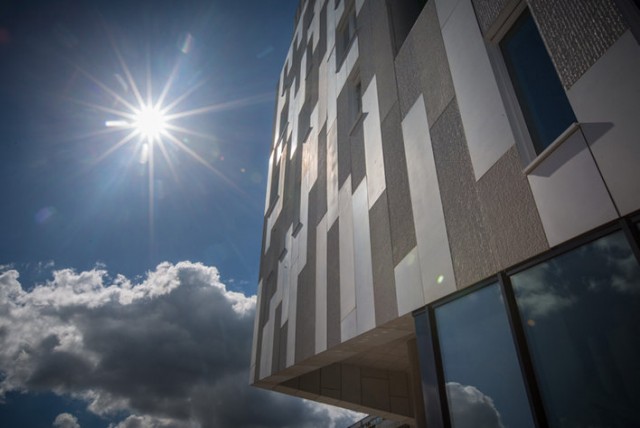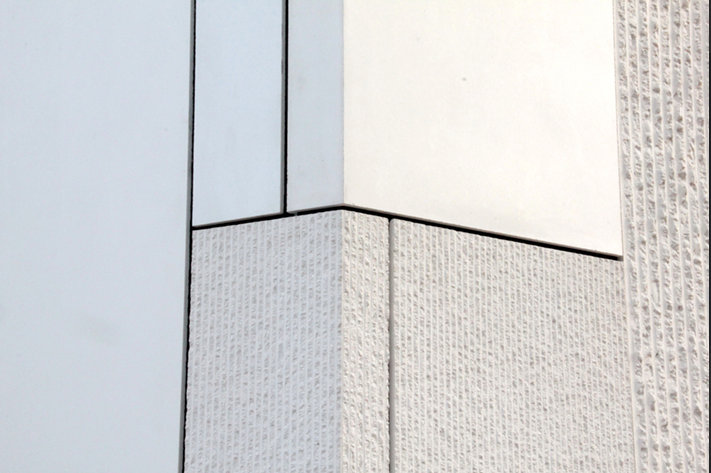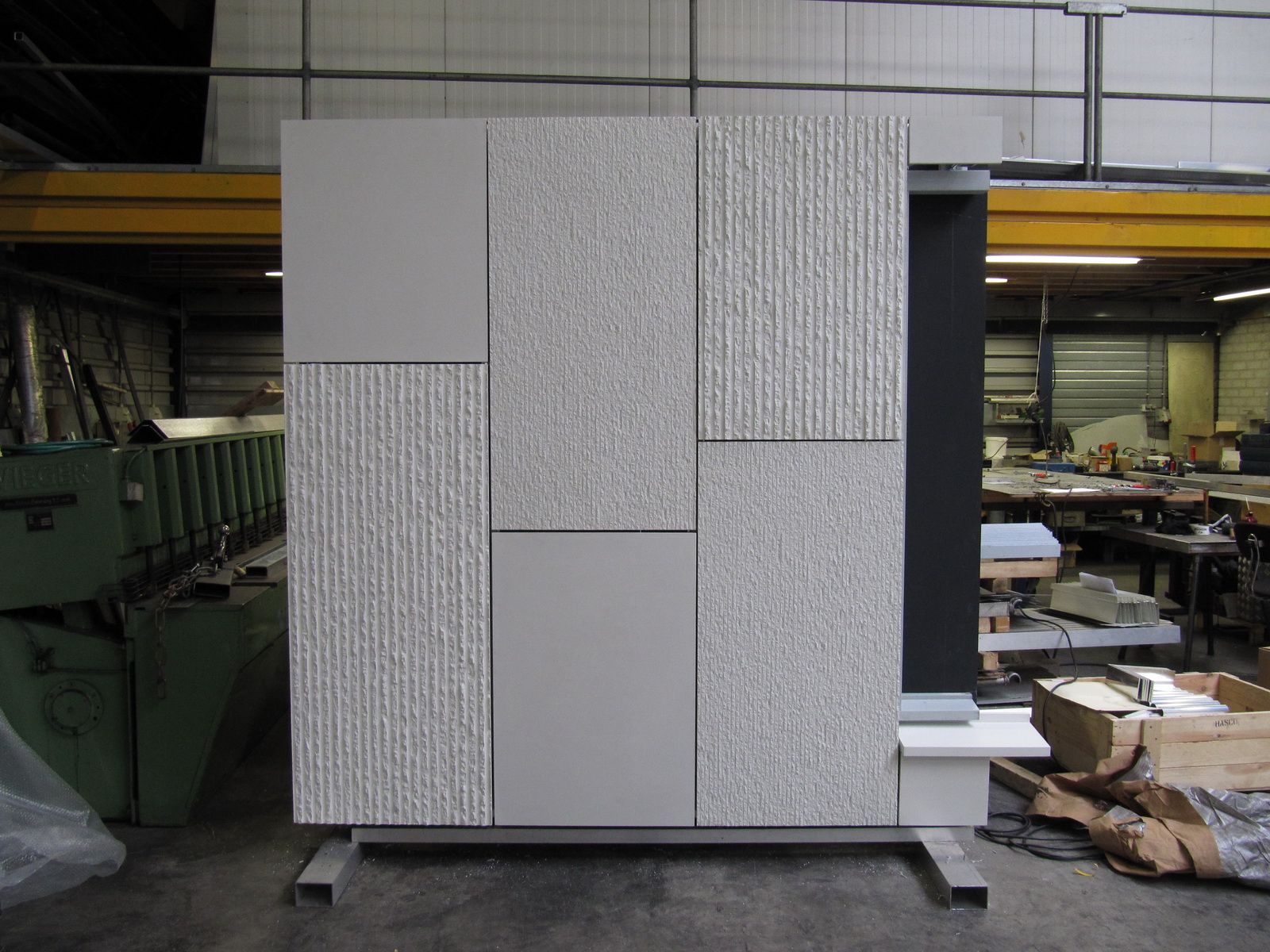Making “Green Building” Easier
Eco-conscious Glass Fiber Reinforced Concrete
Today's construction industry predominantly uses massive quantities of concrete in most of the major scale building developments, where cement is obviously a key ingredient, posing a challenge to comply with the limits set by the EU for nitrogen oxides (NOx) for many European cities, where the air pollution has become a serious problem.
The significant contribution to global warming caused by cars and factories is well known. However, another contributor to this issue is the concrete and cement industry. After water, concrete and cement are one of the most used substances on the planet. Yet this very universality is an indicative on the dependability on its capacity to provide with a cheap, durable, and strong building material.
An alternative to mitigate the environmental carbon footprint is by using titanium dioxide (TiO2), which is one of the world's most commonly used white colorants, important ingredient in products like paints, inks, papers, cosmetics, pharmaceutical and food over the past 90 years. Approved for use by the European Food Safety Authority and LEED accredited for buildings. Successfully used over the last decade in coatings and infused in cement-based products, acting therefore as a photocatalyst.
TiO2 is a benchmark to make architectural precast concrete claddings an ever environmentally friendly cement-based system, normally giving the building a distinctive brilliant white color.
As the oxidation happens on a surface level, is reasonable to apply the TiO2 in the cement-based mixture or as coating on the building's façade. The photocatalysis process begins when the TiO2 facade is exposed to the sunlight (UV rays), to produce oxidants known as free radicals. These radicals accelerate the oxidation process of the organic pollutants on the building's exterior, thereafter, causing them to decompose without any other resource other than sunlight. But not only organic pollutants are decomposed, also nitrogen oxide (NOx), the primary component of smog. When this molecules float near the free radicals generated by TiO2, the NOx oxides into less harmful calcium nitrate and water. Furthermore, the TiO2 proves to effectively remove volatile organic compounds (VOCs). The residues of all these pollutants are simply washed off by rainwater, leaving a better appearance and overall lower maintenance costs.
A self-cleaning effect is yet another positive quality of photocatalytic surfaces. The surfaces are capable of degrading thin layers of organic contaminants. Water is spread on the surface forming a film which enables dirt particles to be better washed away and removed together with the precipitation – an effect that works best on surfaces with an increased slope angle such as façades or roofs-.
The titanium oxide infused/mixed cement has shown to have greater flexural and compressive strength than normal cement, giving a structural as well as environmental advantage.

GFRC / GRC is well known for its aesthetic, its almost unlimited diversity of shapes, textures and colours, superior compressive strength, yet light in weight, its durability and class A1 fire resistance. Additionally, in combination with a photocatalyst additive compound in the cement blend, it literally makes it self-cleaning and pollution-reducing.
An exceptional example of the application of this technology is project MFA Safari eco-conscious project in the city of Maarssen, Netherlads; work of the AGS Architects, cladding elements by Polycon, using two types of custom-made imprinted matrix imitating cracked stone and smooth panels in natural white colour. All elements were made using the innovative green TioCem (photocatalytic cement).






